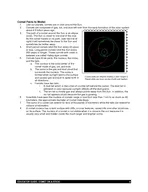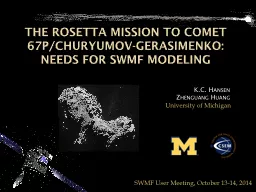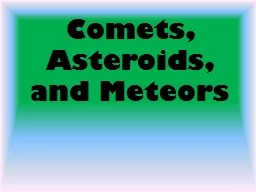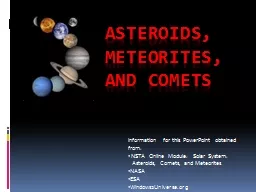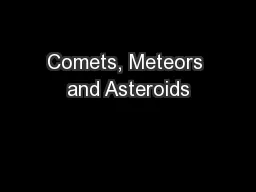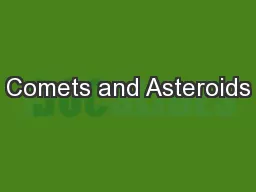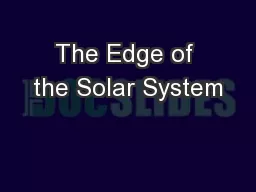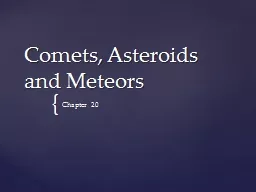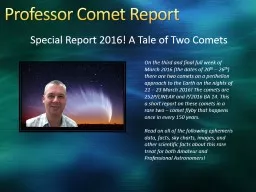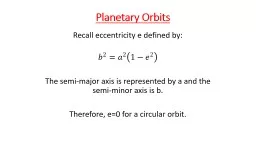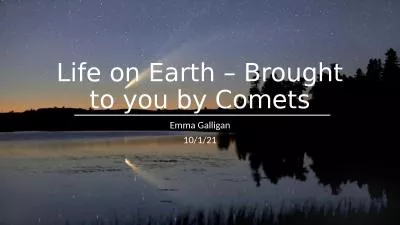PDF-NASAs EPOXI Mission Modeling Comets Comet on a Stick EDUCATOR GUIDE Created for the Deep
Author : tatiana-dople | Published Date : 2014-12-02
The new mission named EPOXI is comprised of two projects with di fferent scientific objectives The first is called Extrasolar Planet Observations and Characterization
Presentation Embed Code
Download Presentation
Download Presentation The PPT/PDF document "NASAs EPOXI Mission Modeling Comets Come..." is the property of its rightful owner. Permission is granted to download and print the materials on this website for personal, non-commercial use only, and to display it on your personal computer provided you do not modify the materials and that you retain all copyright notices contained in the materials. By downloading content from our website, you accept the terms of this agreement.
NASAs EPOXI Mission Modeling Comets Comet on a Stick EDUCATOR GUIDE Created for the Deep: Transcript
Download Rules Of Document
"NASAs EPOXI Mission Modeling Comets Comet on a Stick EDUCATOR GUIDE Created for the Deep"The content belongs to its owner. You may download and print it for personal use, without modification, and keep all copyright notices. By downloading, you agree to these terms.
Related Documents

